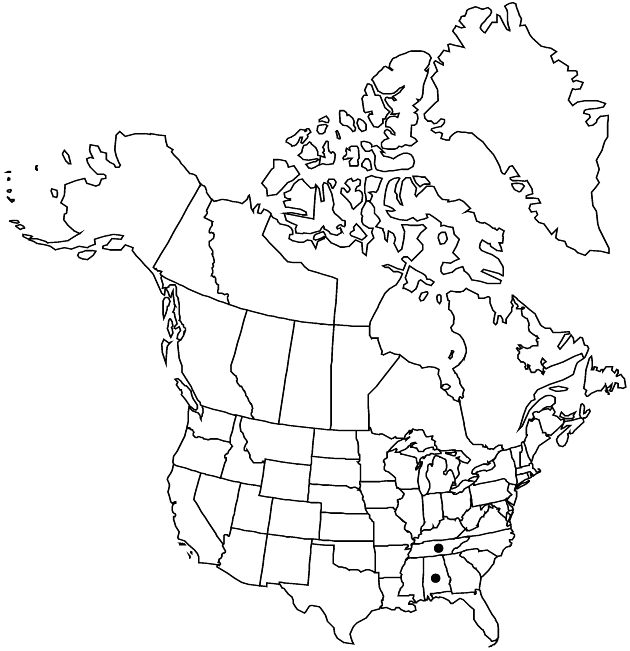Difference between revisions of "Solidago arenicola"
Sida 20: 1589, fig. 1. 2003.
FNA>Volume Importer |
imported>Volume Importer |
||
| (2 intermediate revisions by 2 users not shown) | |||
| Line 8: | Line 8: | ||
}} | }} | ||
|common_names=Southern racemose goldenrod | |common_names=Southern racemose goldenrod | ||
| + | |special_status={{Treatment/ID/Special_status | ||
| + | |code=E | ||
| + | |label=Endemic | ||
| + | }} | ||
|basionyms= | |basionyms= | ||
|synonyms= | |synonyms= | ||
| Line 46: | Line 50: | ||
|publication title=Sida | |publication title=Sida | ||
|publication year=2003 | |publication year=2003 | ||
| − | |special status= | + | |special status=Endemic |
| − | |source xml=https:// | + | |source xml=https://bitbucket.org/aafc-mbb/fna-data-curation/src/2e0870ddd59836b60bcf96646a41e87ea5a5943a/coarse_grained_fna_xml/V19-20-21/V20_230.xml |
|tribe=Asteraceae tribe Astereae | |tribe=Asteraceae tribe Astereae | ||
|genus=Solidago | |genus=Solidago | ||
Latest revision as of 20:01, 5 November 2020
Plants 35–80 cm; rhizomes horizontal to ascending, short, this and its branches apically caudexlike, to 5 mm thick, mostly embedded in imbricate chaffy bases of older leaves. Stems 1–3, terete, shallowly multicostate, glabrous, sparsely to moderately hirtellous distally (arrays). Leaves: basal and proximal cauline winged-petiolate; blades mostly spatulate to oblanceolate, 100–150 × 15–32 mm, tapering, margins distally coarsely but shallowly serrate, apices acute to narrowly rounded, often narrowed to short, often brown callused tips; mid to distal cauline progressively more narrowly oblanceolate and acute, then to elliptic or lanceolate-elliptic, 35–60 × 6–10 mm, reduced distally, grading into widely ascending to spreading or reflexed bracts; faces abaxially pale, midnerves raised, deep green, level reticulum of branch nerves, margins entire, ciliate, adaxially deep green with only impressed midnerve evident. Heads 10–50 (1–5+ per branch), in racemiform or narrowly paniculiform arrays, mostly with primary branches widely to narrowly ascending, proximalmost usually longest. Peduncles stiffly, widely ascending, angulate, slightly compressed, stubby-bracteolate; bracts grading into phyllaries, sparsely hirtellous. Involucres turbinate, 8–12 mm. Phyllaries (in 3–4 series) 1–1.3 mm wide, unequal, pilose-ciliate; outer mostly green, oblong, blunt, inner spatulate or linear-oblanceolate. Ray florets 6–10; laminae 3–4 mm. Disc florets 11–14; corollas 6 mm, lobes ca. 2 mm. Cypselae cylindric to somewhat compressed-obconic, 1.5–4 mm, typically 5-ribbed, glabrous, abruptly narrowed to short “neck” surmounted by narrow, brownish pappus disc; pappi (white) 3–4 mm. 2n = 36.
Phenology: Flowering (Aug–)Sep–Oct.
Habitat: Mesic woods in deep sandy alluvium
Elevation: 100–200 m
Discussion
Solidago arenicola is known from the flood plain of the Locust Fork River, Blount County, Alabama. The Tennessee plants that have been treated as Solidago simplex var. racemosa are included here in this large-headed southern species. Further work is needed to confirm this placement.
Selected References
None.
